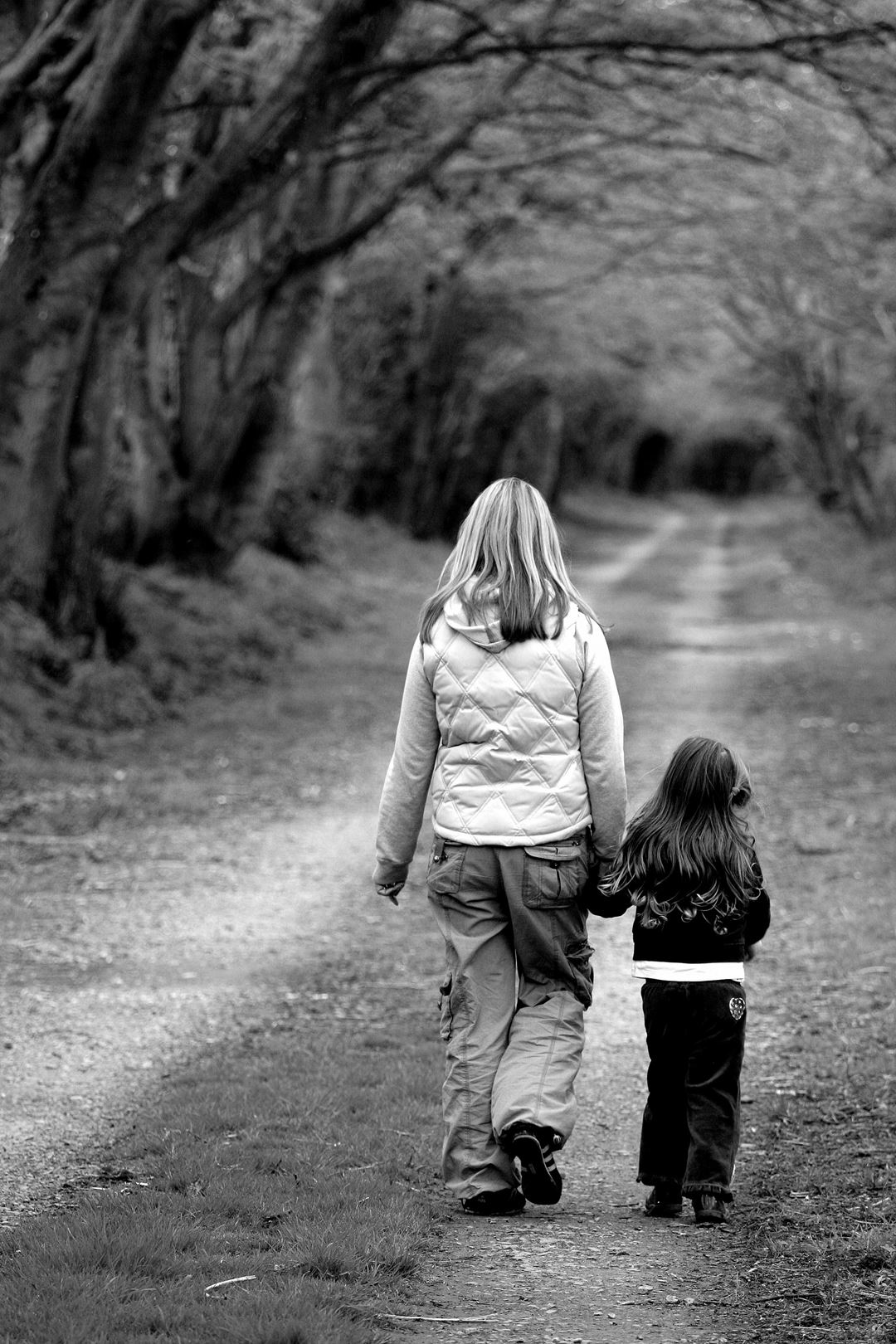Mediation produced agreements in 39 per cent of cases which were destined for legal proceedings.
“This is a surprisingly high proportion, considering that the parents initially disagreed so strongly that one or both wanted a court to make a decision,” says Marian Ådnanes, a senior research scientist at SINTEF.
The figures are from a recent study which SINTEF and NTNU, The Norwegian University of Science and Technology, has carried out on behalf of the Norwegian Ministry of Children, Equality and Social Inclusion.
Success after more than one session of mediation
All parents who separate must by law undergo at least an hour of mediation if they have shared children under 16 years of age. Mediation settles the allotment of rights of access to the children and where the children’s permanent residence shall be.
The arrangement is compulsory both for married couples and for cohabitants who separate.
The common denominator for the couples in the study who reached agreement in spite of the fact that a lawsuit was imminent was that they needed more than the one session of mediation which is required by law.
However, project manager Ådnanes cautions against interpreting this as meaning that increased compulsory mediation will automatically result in an increase in resolved cases.
Recommends change
“Parents who strongly disagree may not be very motivated to find a solution when they hear that they must spend two full hours with a mediator.
“However, based on our findings, I feel it is worth trying an arrangement whereby a mediator is authorised to deliberate for two hours before the matter is brought before a court,” says the SINTEF researcher.
The new report shows that 25 per cent of couples who are involved in compulsory mediation do not reach agreement through it.
“However, when four couples out of ten who are headed for court achieve an agreement, we believe that the mediation scheme may help even more people than it does at present. Nevertheless the objective will never be that all couples shall reach agreement through mediation.
“Earlier research shows that around ten per cent of cases do not lend themselves to resolution in the mediation room, because they are characterised by serious problems such as violence and abuse. In such cases a lawsuit will usually be unavoidable,” says Ådnanes.
National survey
The figures in the report are based on a national survey. The responses provide information about 1460 parent mediation cases handled at mediators’ offices throughout Norway in a seven-week period last year.
The questionnaire was filled in by both mediators and parents.
The survey was carried out in 2010, three years after the authorities reduced the amount of compulsory mediation from up to three hours to one hour.
“A survey conducted from 1996 to 1997, when the compulsory mediation time was still three hours, shows that 19 per cent of mediation cases did not result in an agreement at that time. In other words, mediation was successful for somewhat more people than it is now.
“However, in those days, the requirement of compulsory mediation only applied to married couples. Now it applies to cohabitants too. It’s therefore misleading to compare the proportion of unsuccessful mediations in the old and new surveys,” says Ådnanes.

